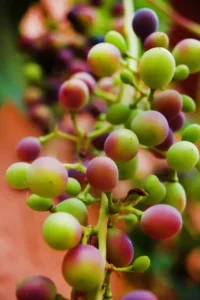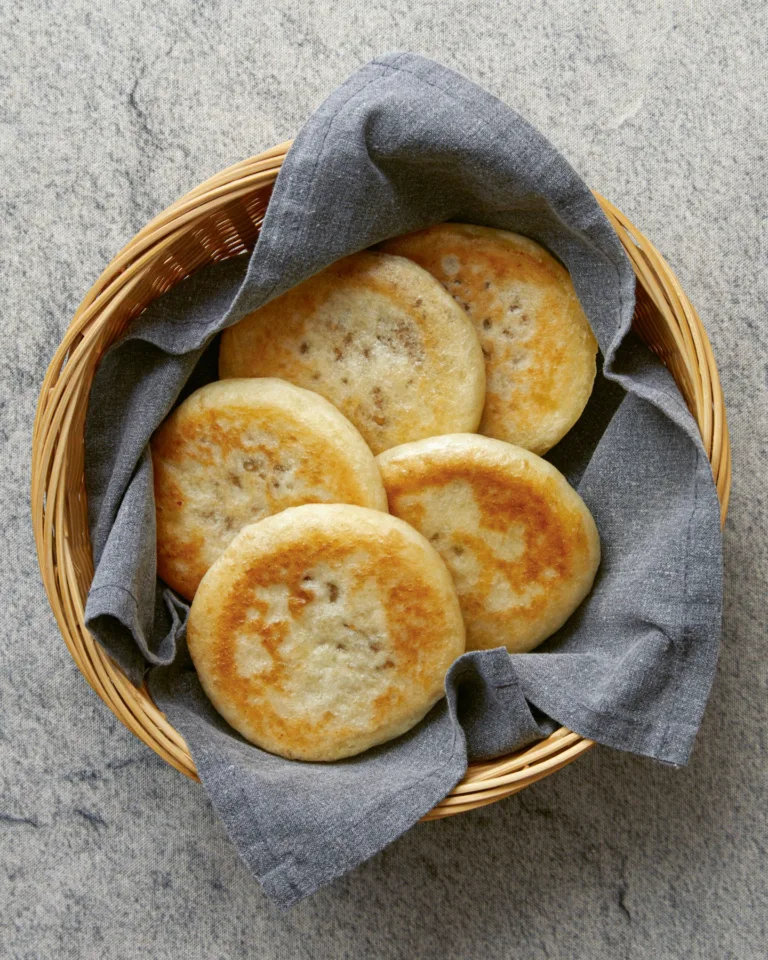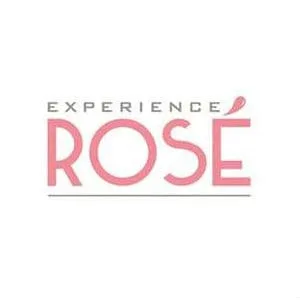Leisurely ripening is associated not just with “cool-climate” viticulture but with enhanced vinous quality generally. Climatic warming is associated with earlier. It might seem obvious, then, that under the sign of climate change, more slowly ripening grape varieties, clones, or selections should be promoted.
That’s certainly how Jon Bonné sees it. His comprehensive, provocative, and insight-rich The New French Wine emphasizes alleged advantages, faced with a warming climate, of “later-ripening” varieties or selections. Yet that is paradoxical in a book consistently championing biodynamic growers. Because if you ask these, many or most present a very different picture, extolling the advantages—inter alia vivacity and modest eventual alcohol—of early harvest, which, they allege, makes sense precisely because a biodynamic regimen promotes the evolution of flavors in advance of sugar accumulation. Nor is advocacy of techniques alleged to promote ripe flavors while inhibiting potential alcohol—such as eliminating or delaying hedging—confined to practitioners of biodynamics.
So, should viticultural methods and principles of vine selection be targeting extended ripening time? Or should the emphasis be on methods and selections that permit earlier harvest? Ironically, but also luckily, these alternatives arise from a common set of gustatory goals—achieving vivacity by preserving acidity, and lift by moderating alcohol, without sacrificing distinctive deliciousness—so there is a shared set of criteria against which to judge their success. But the possibility must be faced that either approach could represent a qualitative trade-off.
Earlier harvest—even assuming one’s grapes are judged ripe-tasting—is a strategy called into question by at least two
This Article was originally published on World of Fine Wine



![The Highest-Rated Pizzeria in Major U.S. Cities, According to Yelp [MAP]](https://wineconstantly.com/wp-content/uploads/2024/04/the-highest-rated-pizzeria-in-every-major-u-s-city-infographic-google-768x432.webp)


